5 international destinations no doctor should miss
M3 Global Newsdesk Aug 24, 2019
Have long hours, difficult patients, EHR demands, a busy medical practice, or long hospital rounds taken their toll? Are you dreaming of a little time off to reset and get some much-needed rest and relaxation? If so, we have a few suggestions for the weary physician who needs a break and a change of scenery.
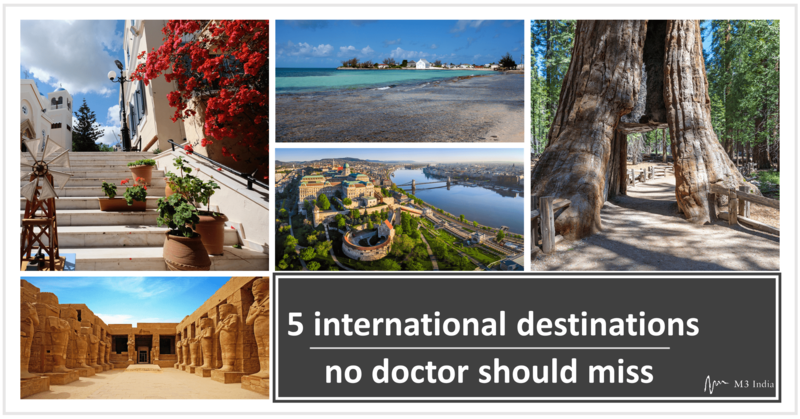
This list has been specifically curated for physicians, with a nod to places rich in medical history, medicinal natural resources, and the restorative benefits of nature.
Kos, Greece
No doctor's bucket list of travel destinations would be complete without including Kos, Greece, the birthplace of Hippocrates, the father of medicine. This small island—roughly 112 square miles—has been inhabited since the Neolithic period and boasts a long history filled with conquering armies, beautiful beaches, and ancient monuments.
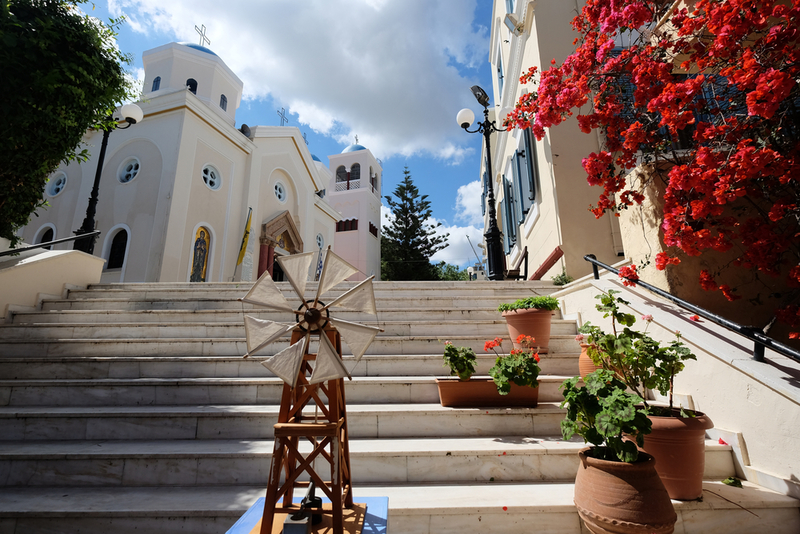
As you stroll through this ancient city, be sure to visit the towering bastions and round towers of Nerantzia castle, located at the entrance of the port, which experts believe was fortified some time during the 7th century. The city itself is something to see, replete with a bustling market and cultural attractions such as the altar of Dionysus, Hercules' sanctuary, Roman baths, and mansions with mosaic floors. Rest assured that you will have plenty of elbow room, as the city has about only 31,000 inhabitants.
Across from the Lotzia Mosque, constructed in 1786 with walls that incorporate pieces of ancient and medieval monuments, stands the Tree of Hippocrates. Under this great plane tree, which is over 2,500 years old, Hippocrates examined patients and taught his apprentices. With a trunk that is over 30 feet in diameter, this tree spans the whole square with giant branches that provide shade to all who come there.
The most famous sight in Kos is the Asklepion infirmary, a healing center built in the 4th century, after the death of Hippocrates. Its lowest level housed a medical school, and other rooms were devoted as waiting rooms and precincts for patients, as well as a room for offerings from patients. The second level housed temples and a medical center where hydrotherapy was used for healing. The thermal baths and complicated piping system provided a constant supply of pure spring water, rich in salts, magnesium, and minerals. On the third level, the remains of the large temple are still visible.
Egypt
Egypt—officially known as the Arab Republic of Egypt—has one of the oldest documented histories in the world, including the oldest documented practice of medicine.
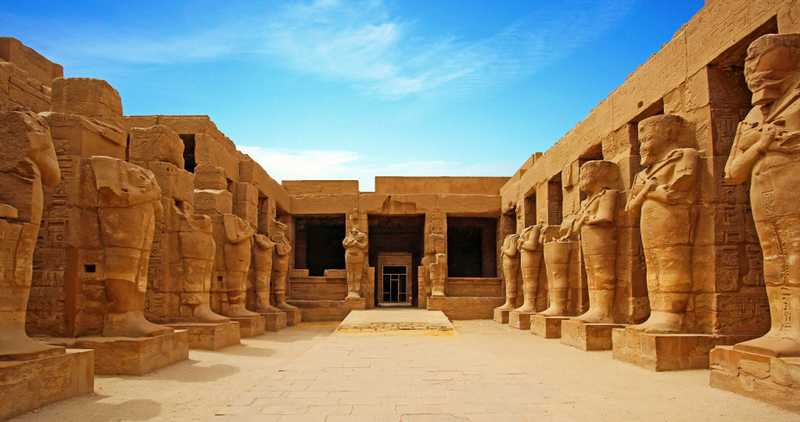
The Egyptians advanced the knowledge of anatomy, public health, and clinical diagnostics more than any other civilization in history, and were perhaps the first to do so. According to the Edwin Smith Papyrus, their medical information may have come from as early as 3,000 BC. This ancient Egyptian medical text—thought to be a manual of military surgery—describes 48 cases of injuries, wounds, tumors, dislocations, and fractures. The purported author of these writings, Imhotep, is often credited as being the founder of ancient Egyptian medicine.
Ancient Egypt also was the birthplace of the earliest known physician, Hesy-Ra, who was the "chief of dentists and physicians' for King Djoser in the 27th century BC.
Ancient attractions abound in this beautiful land. The Great Pyramids of Giza, The Great Sphynx, the Valley of the Kings, the Abu Simbel and Luxor Temples, and the Colossi of Memnon all pay homage to Egypt's nearly 7,000-year-old history and civilization.
The Nubian Museum in Aswan—considered one of the most important Egyptian museums—boasts an exhibit filled with the surgical and embalming tools used by ancient Egyptians. For a more modern perspective and insights into the links between ancient Egyptian medicine and modern medicine, visit the Qasr al Eini Museum in Cairo.
Budapest, Hungary
The capital of Hungary—Budapest—is quickly becoming the darling of the travel world. Filled with world-class spas, incredible cuisine, soaring architecture and bridges, and hopping night life, Budapest is not only one of Europe's most elegantly beautiful cities, but one in which you can live luxuriously on a budget. And if that is not enough to convince you to visit this gorgeous city, the sheer number of hot springs and thermal baths will.
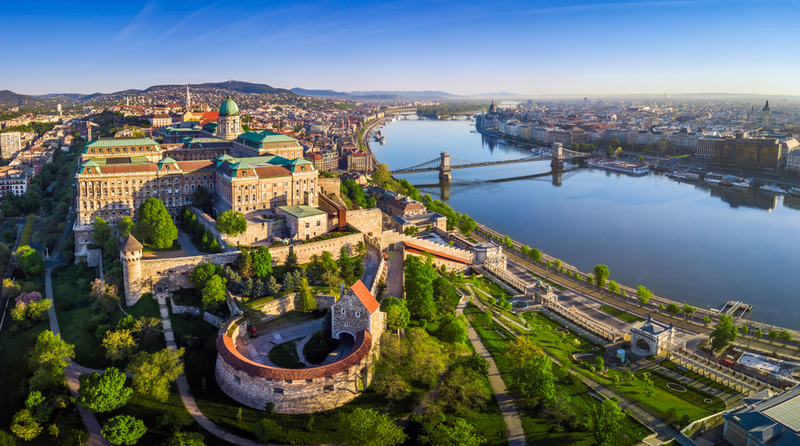
Budapest has earned the nickname "City of Spas." Over 1,000 hot springs run under Hungary—more medicinal spas than any other country in Europe—and more than 100 run under its capital city of Budapest. These hot springs have been sought out for their mineral-rich waters since the 12th century by the Knights of St. John, and are known for their medicinal and healing properties. The waters are rich in magnesium, calcium, sulfate, chloride, and other minerals, and said to be especially beneficial for those with musculoskeletal, circulatory, and metabolic disorders, as well as those with nerve pain.
While in Budapest, be sure to check out the Gellért Spa and Bath, which dates back to 1918. You will have access to the 10 indoor/outdoor geothermal pools set against a backdrop of sweeping Art Nouveau architecture, filled with rich and intricate mosaics and huge sculpted pillars, all lit through large, colorful stained-glass windows. You can also bask in the sun in the spa's sun terrace and enjoy a variety of spa treatments as well.
Sequoia National Park, Three Rivers, CA
For physicians in search of a peaceful, rejuvenating trip, or for those who are adventurous nature-lovers, forest-bathing among huge redwood trees may be just the thing. An increasing number of studies have begun to document the health benefits of spending time in nature, and researchers most recently found that spending at least 2 hours per week outside will make you feel better about your health and psychological well-being.
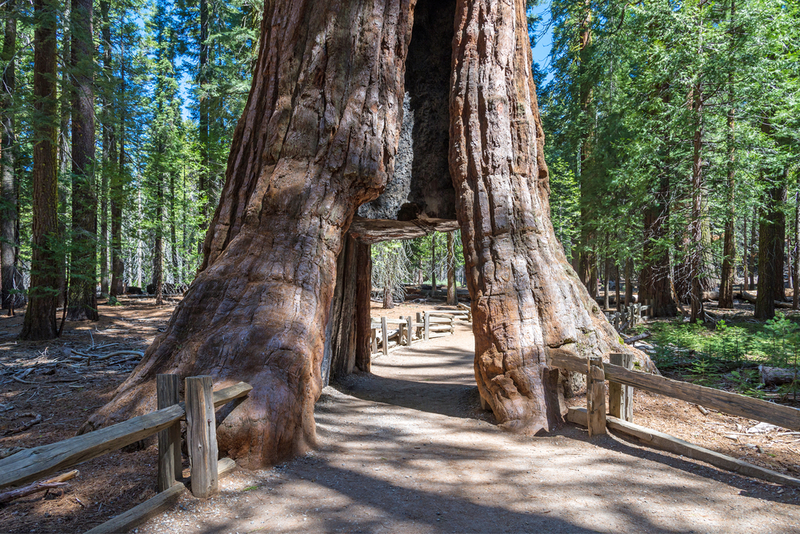
Only a 4-hour drive from Los Angeles or San Francisco, Sequoia National Park is home to the world's tallest trees—the giant sequoias—with some reaching as high as 350 feet. Established in 1890 to protect 404,064 acres of forested mountainous land, the park's list of outdoor adventures is filled with possibilities, including over 800 miles of hiking trails, horseback riding, fly fishing, stargazing, and spelunking.
Imagine waking up among the largest living things on the planet. Among them, the General Sherman tree is a stand-out; it's the largest tree on earth, and grows in the Giant Forest, home to 5 of the 10 largest trees in the world.
Accommodations include everything from rustic lodges and cabins to 12 smaller camping areas scattered throughout the park. The Wuksachi Lodge is replete with fine dining, a cocktail lounge, and retail and ski shops. For the camping enthusiast, the Bearpaw High Sierra Camp can be found 11.5 miles in the park's backcountry, overlooking the Great Western Divide atop a 7,800-foot granite saddle.
Eleuthera and Harbour Islands, Bahamas
For the busy physician, relaxing in a lush, coastal haven can be physically and mentally rejuvenating. What could be better to cure a case of physician burnout than an island vacation? Indeed, living near water has been shown to be beneficial for physical and mental health. Of the five "Blue Zones" located throughout the world—home to the oldest and healthiest inhabitants of the world—four are islands, peninsulas, or coastal areas.
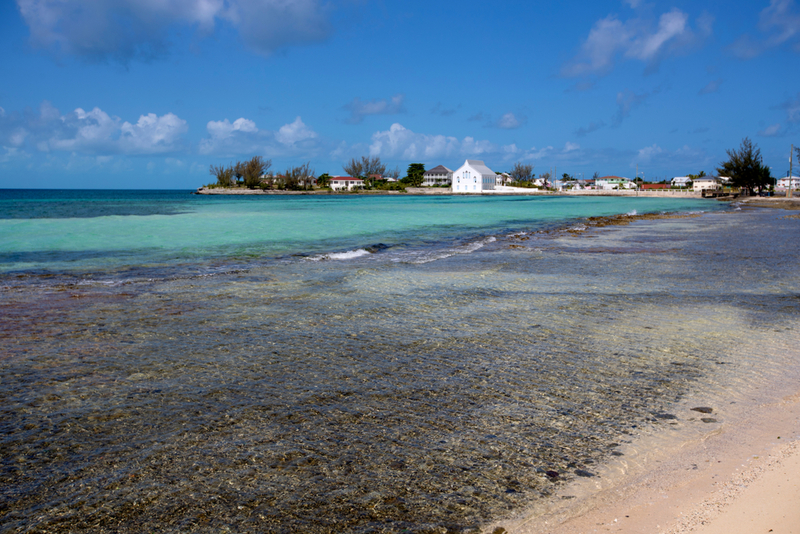
Eleuthera Island may just fit the bill. Just a hop-skip-and-a-jump from Miami or Fort Lauderdale in Florida, or Nassau in the Bahamas, this island—only 110-miles long—boasts 200 miles of coastline, with pink and white powdered beaches. For those who want more luxury, head for Harbour Island, which has long been a playground of the rich and famous. For a more laid-back experience, stay at one of Eleuthera Island's small, private resorts, rentable cottages, or huge beachside compounds.
This long, thin island was named from the Greek word "eleutheros," which means "free." British Loyalists settled these islands in the 1700s, and both the island way of life and architecture still reflect their influence. Eleuthera is the fourth most populous island of the Bahamas, and most of the 11,000 residents either fish or farm the local pineapple plantations for a living.
Known for its casual sophistication, Eleuthera is known for its beautiful resorts, large coral reefs, and low wetlands. Harbor Island, once the capital of the Bahamas, has been twice named "The Best Island in the Caribbean" by Travel & Leisure magazine.
Famed for its pristine blue waters, Eleuthera's most famous reef, the Devil's Backbone, is responsible for more shipwrecks than anywhere else in the Bahamas, but is a wonderful place for snorkeling and diving.
To read the article in this series, click Five great vacation ideas for doctors in 2019
This story is contributed by Liz Meszaros and is a part of our Global Content Initiative, where we feature selected stories from our Global network which we believe would be most useful and informative to our doctor members.
-
Exclusive Write-ups & Webinars by KOLs
-
Daily Quiz by specialty
-
Paid Market Research Surveys
-
Case discussions, News & Journals' summaries